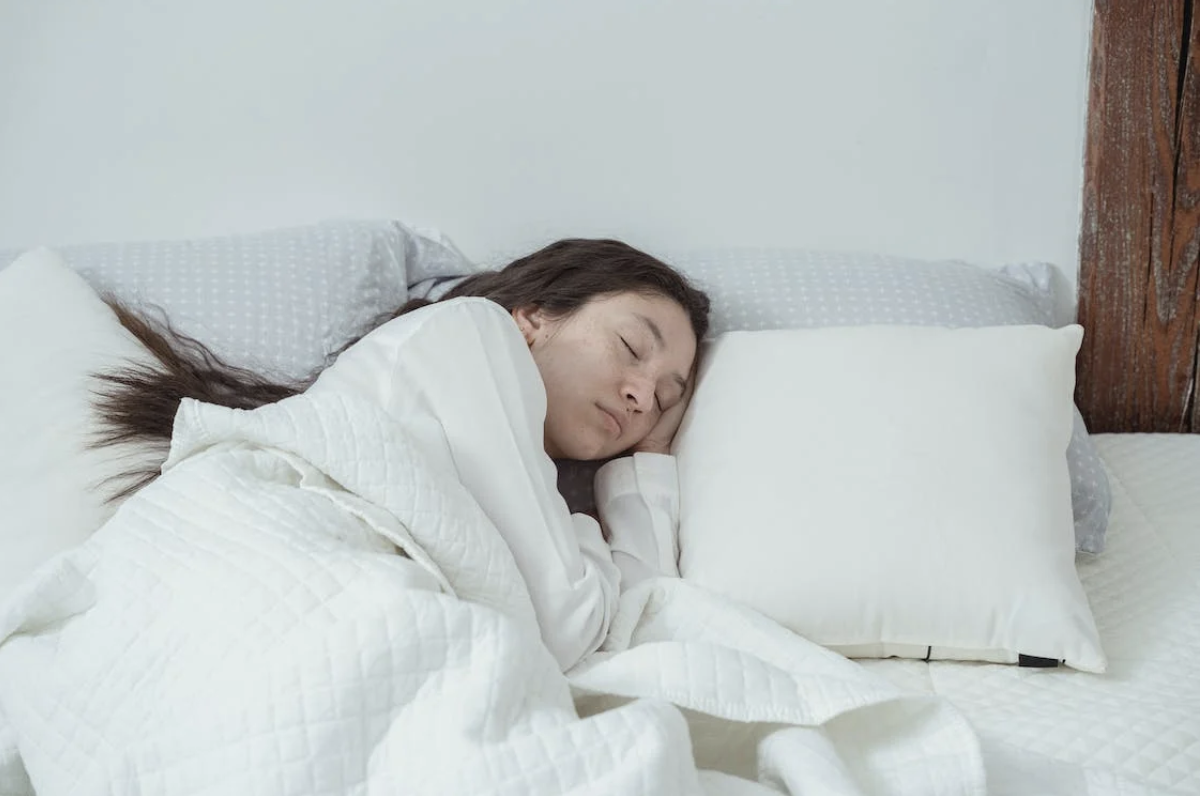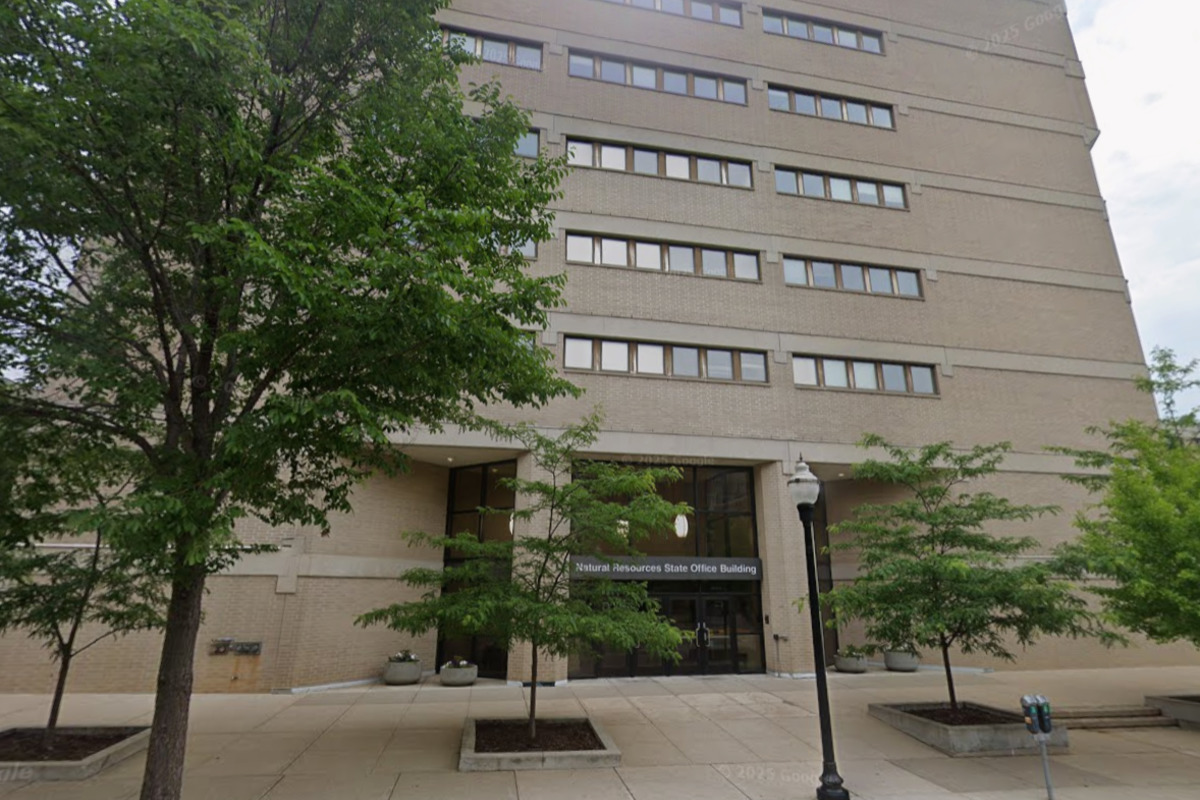Copyright International Business Times

Millions of Americans will turn their clocks back an hour starting today, bracing for early darkness and disrupted sleep as the nation once again fails to end the twice-yearly ritual of changing the time. The dreaded 'fall back' arrives not because the public wants it, but because Congress cannot agree on what to do instead. Just days before the change, a long-running push to make Daylight Saving Time (DST) permanent collapsed in the US Senate, leaving 19 states that voted to 'lock the clock' stuck in limbo. Washington's Week of Inaction The 'fall back' starting today, 2 November, follows the latest political stalemate in Washington. The Sunshine Protection Act, a popular bipartisan bill that would have made Daylight Saving Time permanent, was blocked after a single Republican senator objected to passing it by unanimous consent, a fast-track procedure that requires no formal vote. Senator Rick Scott of Florida, a leading supporter of the measure, expressed frustration after his proposal was halted. 'Changing our clocks twice a year is outdated and unnecessary,' he said in a video posted after the defeat. 'It's time to lock the clock and give Floridians more sunshine year-round.' The objection came from another Republican lawmaker who warned that permanent daylight time would mean children waiting for school buses in total darkness during winter mornings. As a result, the US remains divided and tired. Brighter Evenings or Brighter Mornings? The Senate impasse reflects a deeper philosophical divide over what Americans want more: lighter evenings or lighter mornings. A new Associated Press–NORC poll shows that only 12% of adults support keeping the current twice-yearly switch, making it one of the least popular national practices. Of those who want to end the time change, 56% favour permanent Daylight Saving Time, citing benefits for businesses, leisure and family life. Another 42 per cent prefer permanent Standard Time, which aligns more closely with human biology and is supported by most health experts. 'What matters most to our long-term health is aligning our societal clocks with human biology,' said Dr Natalie Dautovich of the National Sleep Foundation, who argues that permanent Standard Time is healthier overall. Research links the DST shifts to higher rates of heart attacks, sleep disruption and road accidents. What Happens Today At 2am local time today, clocks across the US moved back one hour to 1am. The good news: everyone gains an extra hour of sleep. The bad news: the sun will now set much earlier, plunging much of the country into evening darkness before dinner. While the autumn transition is easier on the body than the spring 'leap forward', doctors still warn it can disrupt sleep patterns and mood. A Nation Out of Sync Nineteen states have already passed laws to stay permanently on Daylight Saving Time, but they cannot do so without federal approval. The 1966 Uniform Time Act allows states to opt out of DST entirely, as Hawaii and most of Arizona have done, but not to make it year-round. With Congress deadlocked, Americans are left to reset their clocks and their circadian rhythms yet again. What UK Readers Should Know For British readers, the US time change means a temporary shift in transatlantic schedules. The UK turned its clocks back on 26 October, so for one week, time differences between the two countries will be altered by an hour. It is a good weekend to double-check meeting times, flights and virtual calls. Until Washington decides whether America should chase brighter mornings or longer evenings, the ritual continues — and so does the national fatigue.



